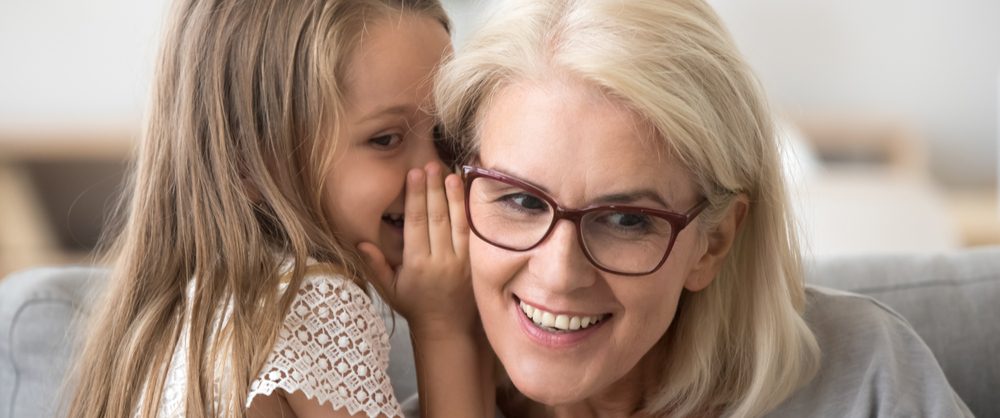More than 400 hearing experts from nearly 50 countries gathered in June 2018 for the Hearing Across the Lifespan (HEAL) conference. In celebration of the 20-year anniversary of the first HEAL conference, there were more than 300 selected presentations. As in the past, Guest Editors Gabriella Tognola, Sophia E. Kramer, Larry E. Humes, and Ferdinando Grandori have worked with the authors to develop a selection of papers based on the content of this conference in the American Journal of Audiology (AJA).
A common topic of these papers is the evaluation of hearing performance in real life. After an introduction by the guest editors, Lisa Margaret Brown and colleagues investigated a digits-in-noise screening test that is self-administered via smartphones, determining it to be reliable for both screening and rehabilitation purposes. Next, Annalise R. Fletcher and colleagues examined the speech recognition of young adults in noise, looking at several cognitive and linguistic variables to find potential performance predictors. Then, Fatima Tangkhpanya and co-authors shared 12-minute videos of a speaker in a real-life conversation scenario and then tested young and older adults on the contents of the videos. They were surprised to discover that the older group performed just as well as the younger, and in this article, they provide theories as to why.
In the final paper of the special issue, Larry E. Humes tackles the topic of real-life hearing performance by examining the World Health Organization’s hearing-impairment grading system (WHO-HI). Although the current grading system is based on expert opinion, he proposes a new system that incorporates a listener’s self-report.
Other articles in this special issue cover topics such as the role that hearing rehabilitation can play in restoring cognitive function and clinical applications for a neurophysical test. Additional articles look at hearing aids and cochlear implants, focusing on (a) factors that can predict hearing aid purchase, (b) the benefits of bilateral cochlear implants, and (c) applying eHealth technology in treating older cochlear implant users.
We’d like to thank all of our guest editors for their important work bringing these papers to AJA! You can read the entire issue here, or check out individual articles below! Still want more? Check out coverage of the 2016 HEAL conference here.
Explore the Issue
Anzivino, R., Conti, G., Di Nardo, W., Fetoni, A., Picciotti, P. M., Marra, C., . . . Berrettini, S. (2019). Prospective evaluation of cognitive functions after rehabilitation with cochlear implant or hearing aids: Preliminary results of a multicentric study on elderly patients. American Journal of Audiology, 38, 762–774. https://doi.org/10.1044/2019_ AJA-HEAL18-18-0176
Au, A., & Dowell, R. (2019). Evidence-based recommendation for bilateral cochlear implantation in adults. American Journal of Audiology, 38, 775–782. https://doi.org/10.1044/2019_AJA-HEAL18-18-0183
Brown, L. M., Swanepoel, D. W., Mahomed-Asmail, F., & De Sousa, K. (2019). Performance and reliability of a smartphone digits-in-noise test in the sound field. American Journal of Audiology, 38, 736–741. https://doi.org/10.1044/2019_AJA-HEAL18-18-0161
Cassarly, C., Matthews, L. J., Simpson, A. N., & Dubno, J. R. (2019). Development and refinement of patient-reported outcomes for hearing: A brief introduction to nonparametric item response theory. American Journal of Audiology, 38, 806–809. https://doi.org/10.1044/2018_AJA-HEAL18-18-0167
Ferraro, J., Kileny, P. R., & Grasel, S. S. (2019). Electrocochleography: New uses for an old test and normative values. American Journal of Audiology, 38, 783–795. https://doi.org/10.1044/2019_AJA-HEAL18-18-0190
Fletcher, A. R., McAuliffe, M. J., Kerr, S. E., & Sinex, D. (2019). Effects of vocabulary and implicit linguistic knowledge on speech recognition in adverse listening conditions. American Journal of Audiology, 38, 742–755. https://doi.org/10.1044/2019_AJA-HEAL18-18-0169
Humes, L. (2019). Examining the validity of the World Health Organization’s long-standing hearing impairment grading system for unaided communication in age-related hearing loss. American Journal of Audiology, 38, 810–818. https://doi.org/10.1044/2018_AJA-HEAL18-18-0155
Pronk, M., Meijerink, J. F. J., Kramer, S. E., Heymans, M. W., & Besser, J. (2019). Predictors of purchasing a hearing aid after an evaluation period: A prospective study in Dutch older hearing aid candidates. American Journal of Audiology, 38, 802–805. https://doi.org/10.1044/2019_AJA-HEAL18-18-0163
Tangkhpanya, F., LeCarrour, M., Doucet, F., & Gagne, J.-P. (2019). The effort required to comprehend a short documentary in noise: A comparison of younger and older francophones. American Journal of Audiology, 38, 756–761. https://doi.org/10.1044/2019_AJA-HEAL18-18-0170
Tognola, G., Kramer, S. E., Humes, L., & Grandori, F. (2019). Introduction to the special issue “Select Papers From the Hearing Across the Lifespan (HEAL) 2018 Conference.” American Journal of Audiology, 38, 733–735. https://doi.org/10.1044/2019_AJA-HEAL18-19-0088
Tognola, G., Murri, A., & Cuda, D. (2019). An application of eHealth technology toward the digitization of the health records of older patients with cochlear implants. American Journal of Audiology, 38, 796–801. https://doi.org/10.1044/2019_AJA-HEAL18-18-0157









